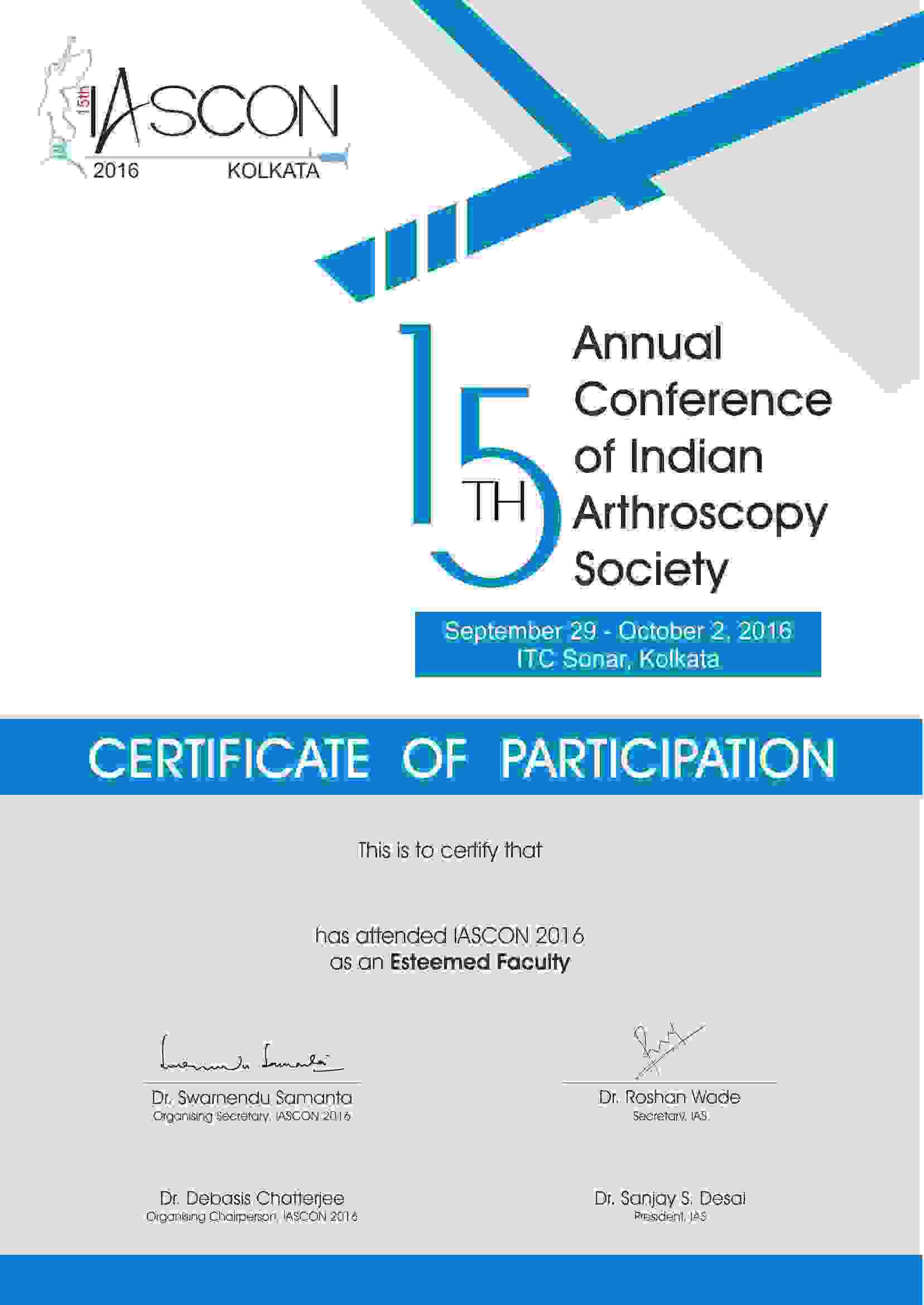What is the meniscus?
The meniscus is a naturally occurring shock absorber present in our knees. Each knee has 2 menisci, the medial(inner) meniscus & the lateral (outer) meniscus. They are the god’s given shock absorbers of the knee, apart from having other functions like lubrication. Think of them as the pressure dissipating black ring on the inside of all pressure cookers.
What are the symptoms of a tear?
Meniscal tears cause locking of the knee. The torn portion of the meniscus gets entrapped between the joint surfaces & prevents straightening of the knee. Pain is another common symptom in this injury. A deep-seated pain is often felt along the knee & very often the patient feels/ hears clicking noise coming from within the joint.
How are Meniscal tears diagnosed & treated?
A high index of clinical suspicion is enough to diagnose a Meniscal injury, but an MRI is needed to con?rm the diagnosis.Treatment is done arthroscopically, wherein the torn portion of the meniscus is removed from the joint so that it can no longer get entrapped within the joint surfaces.There is no restriction on any activities after the surgery & in most instances the patient can join back work within 3 days.
Yes, in some cases only, when the meniscus has torn off from the periphery. The meniscus is essentially a structure without blood supply & it relies on the joint fluid to provide it nutrition. Therefore most Meniscal injuries are not repairable. If there is a peripheral tear of the meniscus (which is easily seen on the MRI), then it is worthwhile to repair, because this portion of the meniscus has good blood supply. However if repair is done, a period of rest ranging from 6 weeks – 3 months is prescribed depending on the severity of the tear.










